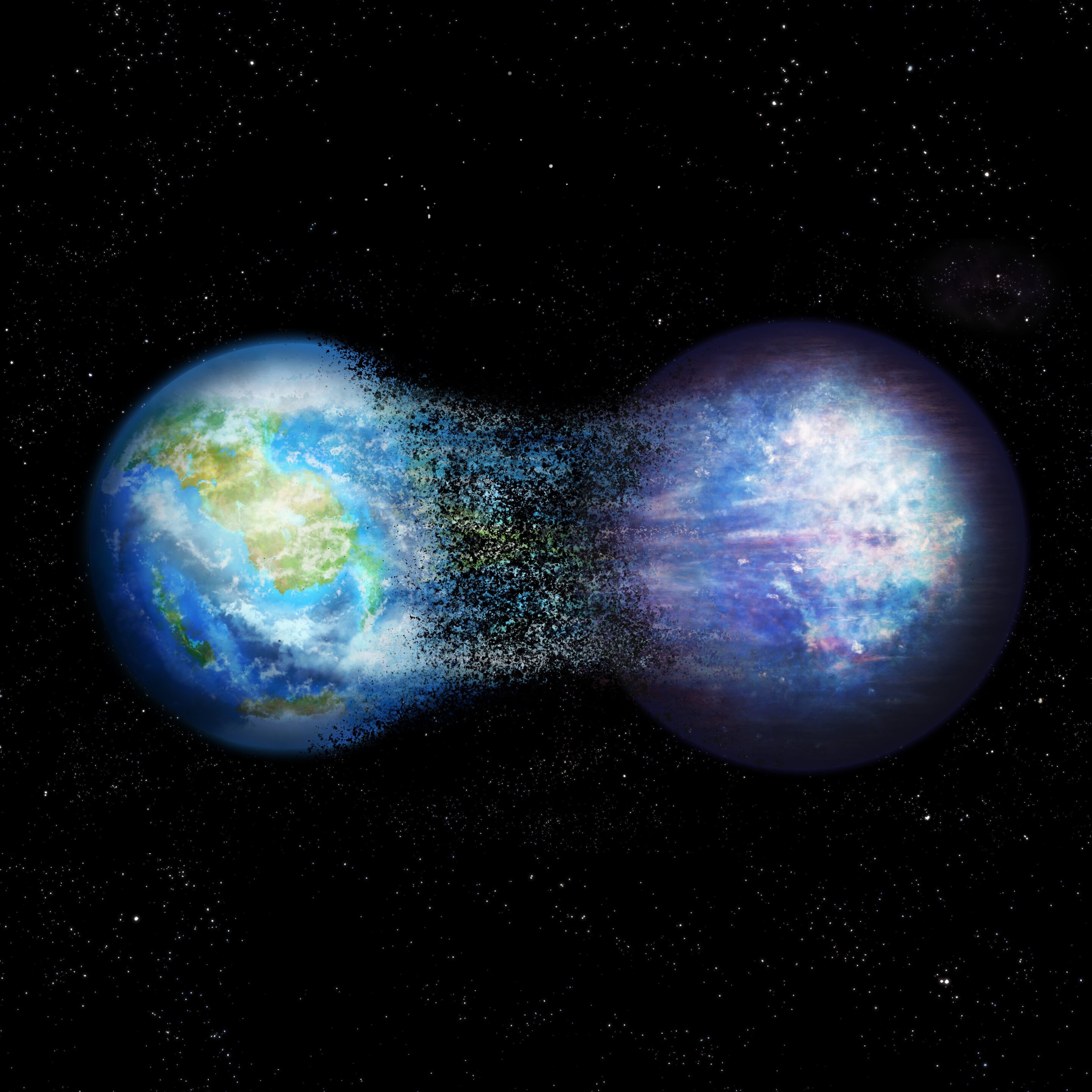The Earth is a wonderful blue and green dot covered with oceans and life, while Venus is a yellowish sterile sphere that is not only inhospitable but also sterile. However, the difference between the two is only a few degrees in temperature. A team of astronomers from the University of Geneva (UNIGE), with the support of the CNRS laboratories of Paris and Bordeaux, has achieved a world’s first by managing to simulate the entirety of the runaway greenhouse process that can transform the climate of a planet from idyllic and perfect for life, to a place more than harsh and hostile.
The scientists have also demonstrated that from initial stages of the process, the atmospheric structure and cloud coverage undergo significant changes, leading to an almost-unstoppable and very complicated to reverse runaway greenhouse effect. On Earth, a global average temperature rise of just a few tens of degrees, subsequent to a slight rise of the sun’s luminosity, would be sufficient to initiate this phenomenon and to make our planet inhabitable. These results are published in Astronomy & Astrophysics.



I’m sorry, but no, there simply isn’t any realistic way for what happened in that book to actually happen regardless of what specific word you want to use to describe it. The Moon was dispersed into a ring of debris. That doesn’t just happen because it “cracked” - bodies like the Moon are full of cracks anyway, they crack all the time. They don’t just fall apart. In order to disperse the pieces you need to apply energy to lift them out of the Moon’s gravity well. The amount of energy required to lift every part of an object out of its gravitation is called the gravitational binding energy of the body, The Moon’s gravitational binding energy is 1.2 x 10^29 joules of energy[1](https://www.universetoday.com/121421/how-could-we-destroy-the-moon/) , which is equivalent to about 15 minutes of the total energy output of the Sun. This is a truly immense amount of energy. Where did it come from and how was it applied to the Moon’s material in such a way as to disperse it?
Stephenson didn’t specify because there is no realistic event that could do this, and because as you say he didn’t need to explain it. He was writing a book about the aftermath of the event and so just handwaved that it happened so that the book could proceed. It’s a common rule of thumb in science fiction that every work can have one “free” unrealistic element in it that the reader will simply suspend their disbelief over, provided the rest of the story deals with that element in a realistic manner - for example, the existence of faster than light travel, or teleportation, or in the case of Seveneves the Moon suddenly going kablooie.
As I said, yes, I’m harping on this. I understand and I accept this. The reason I’m doing is is because it is a prime example of the underlying problem I’m trying to point out here - you’re making an argument about how the real world Earth is “fragile” based on a completely unrealistic and fictional scenario you read about. This sort of reasoning comes up all the time. People argue against the real-world use of technologies because they saw some scary movie in which that technology “ran amuck”, when the only real reason the technology “ran amuck” was because the movie’s writer wanted to sell tickets. This is a major fallacy and I try to address it when I see it in the vain hope that maybe it’ll become slightly less common in the future.
You say “people generally don’t understand that a random occurrence from the sun or the void can end life on this planet completely.” This shows a lack of understanding of probability. None of those “random occurrences” are remotely likely to happen. Circling back to the actual topic of the thread, the article discusses what might happen if Earth’s temperature was to raise by “tens of degrees.” As I commented elsewhere in the thread, there’s simply no way for that to actually happen until the Sun itself naturally warms up hundreds of millions of years from now. So Earth is not “fragile” because of it.
[1] ↩︎
Oh okay i get it, you’re just talking to hear yourself talk, or whatever, okay have fun circle jerking with yourself.